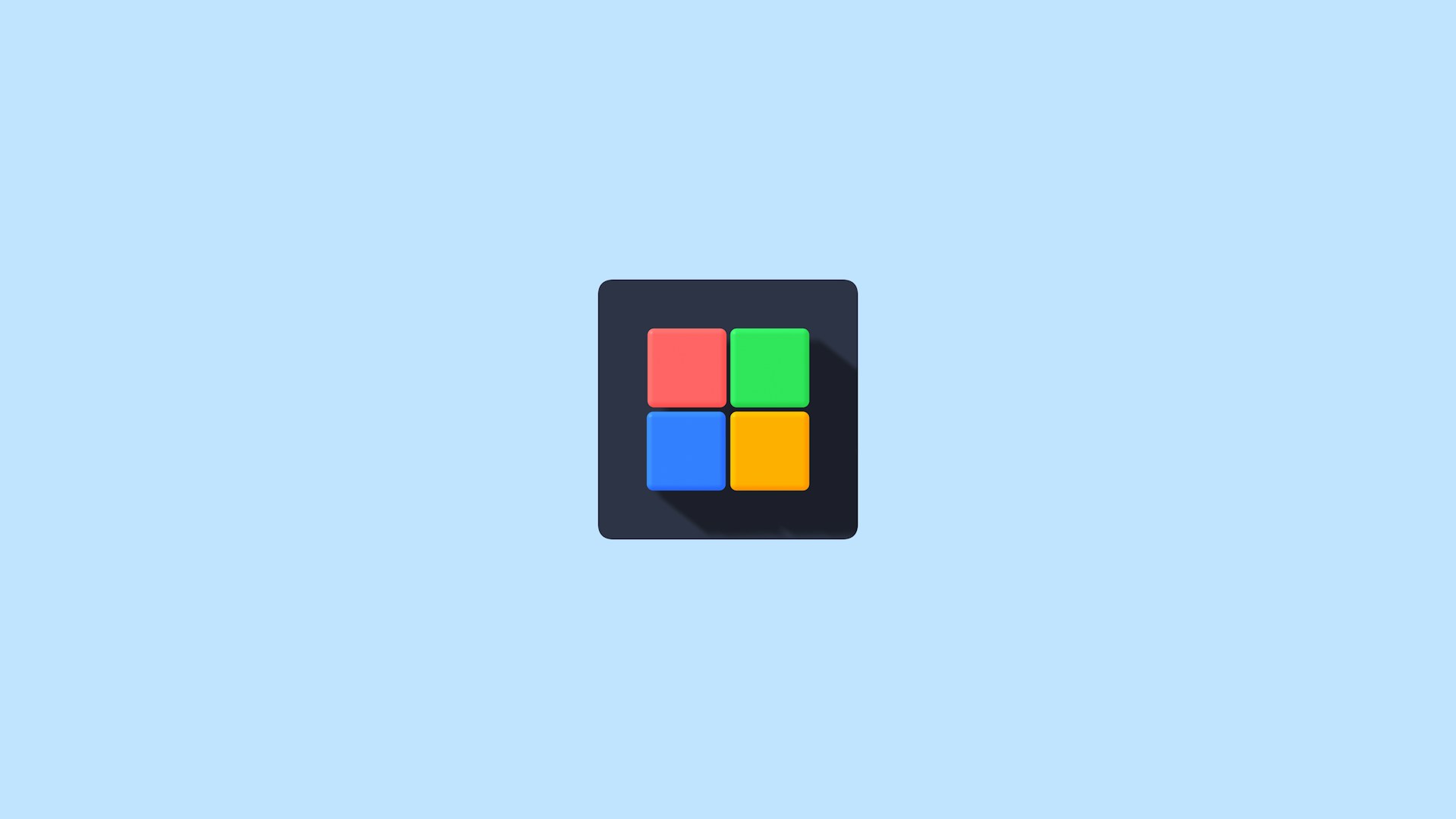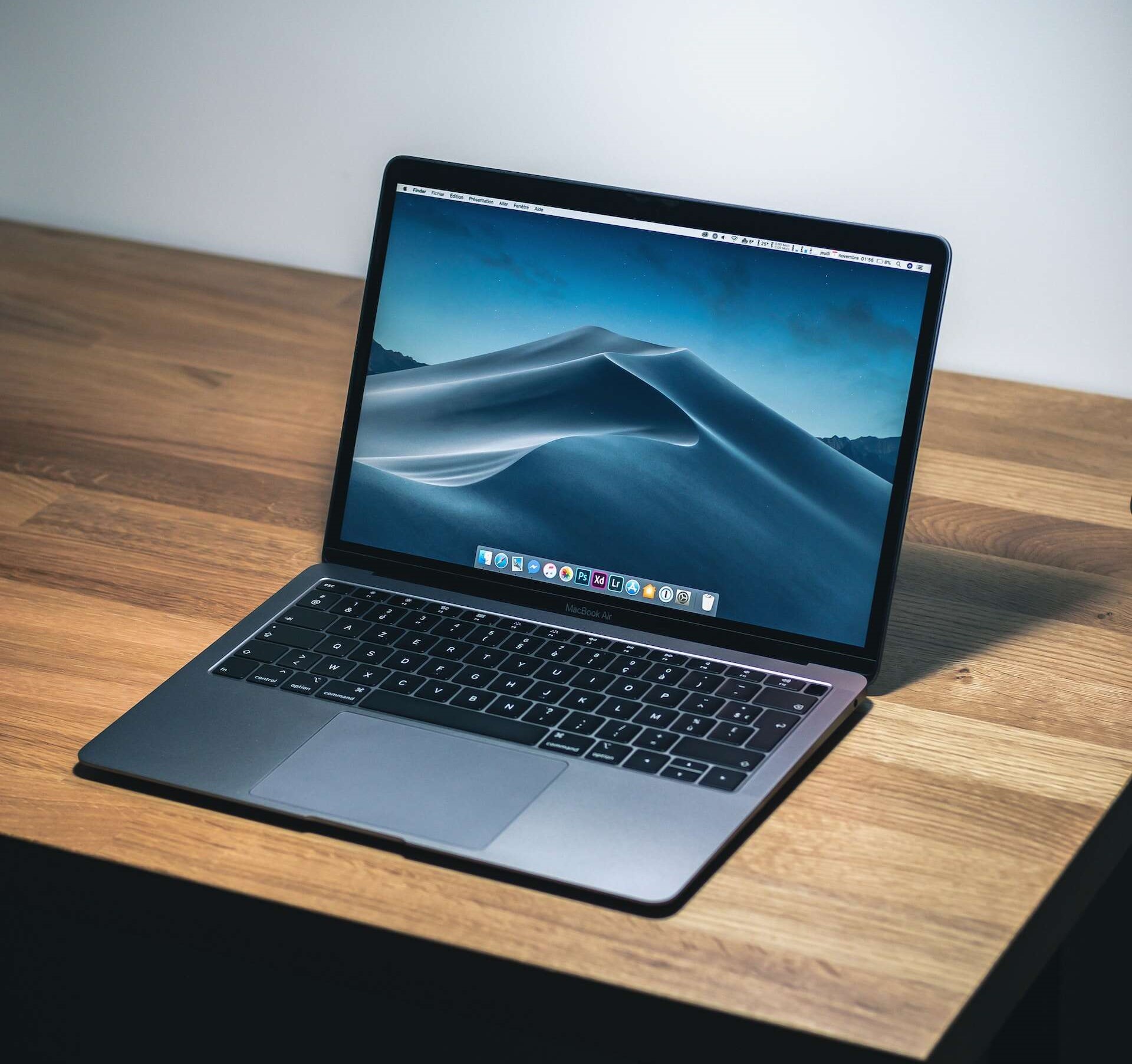The Evolution of Microsoft Operating Systems
Over the years, Microsoft has made significant strides in the evolution of their operating systems. Each iteration has brought new features and innovations, making the user experience more seamless and intuitive. One notable milestone in this progression was the release of Windows 98 in the late 90s.
Windows 98 introduced numerous advancements that revolutionized how people interacted with their computers. It boasted improved multimedia capabilities, such as the ability to play DVDs and enhanced audio support. Additionally, it brought USB support to the mainstream, allowing for easier connectivity with external devices. Windows 98 also marked the introduction of the Windows Driver Model, which standardized device drivers and simplified hardware management for users. These advancements laid the foundation for future operating systems, setting a new standard for functionality and user-friendly design.
A Look Back at the 90s: Windows 98
Windows 98 was a defining era in the world of operating systems, marking a significant milestone in the evolution of Microsoft’s software. Launched in June 1998, it succeeded its predecessor, Windows 95, and brought with it a range of new features and enhancements that revolutionized the computing experience.
During the 90s, Windows 98 introduced key innovations that are still influential today. It introduced support for universal serial bus (USB) devices, making it easier than ever to connect peripherals such as printers, scanners, and digital cameras. Additionally, Windows 98 introduced the Active Desktop feature, which allowed users to customize their desktop with live web content and dynamic wallpapers. Furthermore, this operating system showcased improved multitasking capabilities, enabling users to switch between applications seamlessly, thus enhancing productivity. Windows 98 truly laid the foundation for the modern computing experience we now take for granted.
Features and Innovations Introduced in Windows 98
One of the key features introduced in Windows 98 was the improved stability and performance. Compared to its predecessor, Windows 95, Windows 98 boasted a more stable and reliable operating system, with fewer crashes and error messages. This was a welcome change for users who had experienced frustration with the previous version. Additionally, Windows 98 was optimized for better performance, allowing for smoother multitasking and faster program execution. Users noticed a significant improvement in the overall speed and responsiveness of their computers after upgrading to Windows 98.
Another notable innovation in Windows 98 was the inclusion of the Windows Driver Model (WDM). This introduced a standard framework for device drivers, making it easier for hardware manufacturers to develop drivers that were compatible with the operating system. The WDM allowed for better integration of hardware components, resulting in improved device performance and functionality. With Windows 98, users experienced better support for a wide range of hardware devices, such as printers, scanners, and sound cards, making it a more user-friendly and versatile operating system.
Windows 98: The Gateway to the Internet
The release of Windows 98 marked a significant milestone in the evolution of Microsoft operating systems. With enhanced features and improved functionality, Windows 98 quickly became the preferred choice for users seeking to explore the vast world of the internet. Its built-in internet capabilities and user-friendly interface made it the ideal gateway for both beginners and seasoned users to embark on their online journeys.
One of the key features introduced in Windows 98 was Internet Explorer 4.0, which came bundled with the operating system. This web browser revolutionized the way people accessed and navigated the internet. With its intuitive interface and improved performance, users were able to browse websites more efficiently, stream multimedia content, and communicate through email with ease. Windows 98 also introduced support for plug-and-play devices, allowing users to effortlessly connect to the internet using modems, routers, and other networking equipment. This simplified the process of setting up an internet connection and eliminated the need for complex configurations. Overall, Windows 98 played a pivotal role in bringing the internet to the masses and shaping the way we interact with online resources today.
Compatibility and Hardware Requirements of Windows 98
When Windows 98 was released in June 1998, it brought several improvements and new features that excited computer users. However, along with these advancements, there were also certain compatibility and hardware requirements that users had to consider. In order to run Windows 98 smoothly, users were required to have a minimum of 16 MB of RAM, although having 32 MB or more was highly recommended for better performance. Additionally, a processor speed of at least 66 MHz was necessary, while a hard drive with a minimum of 500 MB of free space was also required.
To ensure full compatibility, Windows 98 supported a wide range of hardware components, including printers, scanners, sound devices, and modems. It also had support for multiple file systems, such as the FAT16, FAT32, and the newer NTFS file systems, allowing users to choose the one that best suited their needs. Furthermore, Windows 98 introduced the Universal Serial Bus (USB) support, enabling users to connect various devices, such as keyboards, mice, and printers, through a single USB port. This was a major convenience for users, as it eliminated the need for multiple wires and ports. Overall, the compatibility and hardware requirements of Windows 98 played a crucial role in ensuring that users could take full advantage of the operating system’s features and capabilities.
Windows 98 vs. Windows 95: What Set Them Apart?
Windows 98 and Windows 95 marked significant milestones in the evolution of Microsoft operating systems. While both versions shared similarities and built upon the foundations laid by their predecessors, several key differences set them apart. One notable distinction was the enhanced user interface of Windows 98, which featured a more streamlined and intuitive design compared to the previous version. The Start button and taskbar, for instance, became integral components of the operating system, providing users with convenient access to their programs and files. Additionally, Windows 98 introduced the Quick Launch toolbar, enabling users to easily launch frequently accessed applications with just a single click.
Another significant difference between Windows 98 and Windows 95 was the improved compatibility and hardware requirements of the former. Windows 98 introduced enhanced Plug and Play functionality, which made it easier for users to install and configure hardware devices. This was a major step forward in simplifying the setup process and reducing the reliance on manual configurations. In terms of hardware requirements, Windows 98 demanded slightly more resources compared to Windows 95. The newer version required a minimum of 16 MB of RAM and 500 MB of available hard disk space, which was higher than the requirements of its predecessor. These advancements in compatibility and hardware support further solidified Windows 98 as a more efficient and user-friendly operating system.
The Impact of Windows 98 on Computer Gaming
The release of Windows 98 had a significant impact on the world of computer gaming. With its improved graphics capabilities and enhanced multimedia features, Windows 98 provided a more immersive and visually appealing gaming experience. Game developers were quick to take advantage of the new possibilities offered by the operating system, resulting in a wave of innovative and graphically stunning games.
One of the key features introduced in Windows 98 that revolutionized computer gaming was DirectX 6. This application programming interface (API) provided developers with a standardized way to access the computer’s hardware and create more realistic and advanced graphics effects. It allowed for smoother gameplay, better visual effects, and increased compatibility with a wide range of graphics cards. DirectX 6 enabled the creation of games that pushed the boundaries of what was previously possible, showcasing stunning 3D graphics and immersive audio that captivated gamers worldwide.
Nostalgia Alert: Remembering the User Interface of Windows 98
The user interface of Windows 98 holds a special place in the hearts of many tech enthusiasts. With its iconic Start button located at the bottom left corner of the screen, users could navigate through various applications and settings effortlessly. The taskbar, which housed the Start button, also displayed open programs, allowing users to switch between them with ease. Additionally, the system tray, located at the bottom right corner, provided quick access to essential functions such as volume control and network connectivity. Overall, the user interface of Windows 98 was intuitive and user-friendly, setting a foundation for future operating systems.
One of the standout features of the Windows 98 interface was the inclusion of Active Desktop. This innovative addition allowed users to embed web content, such as HTML and RSS feeds, directly onto their desktops. This meant that users could have live news updates, stock tickers, and other dynamic information right at their fingertips. Active Desktop not only enhanced the visual appeal of the desktop but also provided a new level of customization and interactivity. Although Active Desktop was eventually deprecated in later versions of Windows, it was a significant step forward in terms of merging desktop computing with online content.
Windows 98: A Turning Point in Microsoft’s History
Windows 98 marked a significant turning point in Microsoft’s history, solidifying the company’s dominance in the computer operating system market. With its release in June 1998, Windows 98 introduced a range of new features and improvements that set it apart from its predecessor, Windows 95. One of the most notable enhancements was the Internet Explorer integration, which transformed Windows 98 into a gateway to the World Wide Web for millions of users worldwide. Internet Explorer 4.0 came bundled with the operating system, providing a seamless browsing experience and paving the way for the internet-driven era that was just beginning to take shape.
In addition to its internet capabilities, Windows 98 also showcased improved performance and stability compared to previous versions. The operating system introduced advanced power management features, allowing users to hibernate and quickly resume their computers without losing any data. Moreover, Windows 98 supported Universal Serial Bus (USB) devices natively, without the need for additional drivers, making it easier to connect and use a wide range of peripherals such as printers, scanners, and digital cameras. With these advancements, Microsoft signaled its commitment to providing a user-friendly experience and cemented its position as a leader in the evolving world of technology.
Legacy and Influence of Windows 98 in Today’s Operating Systems
Windows 98, despite being released over two decades ago, continues to leave a lasting legacy on today’s operating systems. One significant influence can be seen in the graphical user interface (GUI) design. Windows 98 introduced a more user-friendly interface, with its iconic Start button and taskbar. This design concept has since become the default in subsequent Windows versions, as well as in other operating systems like macOS and Linux. The ease of navigation and organization offered by Windows 98’s GUI revolutionized the way users interact with their computers and set the standard for modern operating systems.
Another area where Windows 98’s influence can be felt is in software and hardware compatibility. Windows 98 was the first Windows operating system to have built-in support for Universal Serial Bus (USB) devices. This breakthrough technology allowed for seamless connectivity with a wide range of devices, including printers, scanners, and digital cameras. The success and popularity of USB seen in Windows 98 paved the way for its persistence as the go-to connectivity standard on today’s computers. Additionally, Windows 98 introduced the concept of Plug and Play, making it easier than ever for users to install and use new hardware devices, a feature that is still a fundamental part of modern operating systems.







Leave a Reply